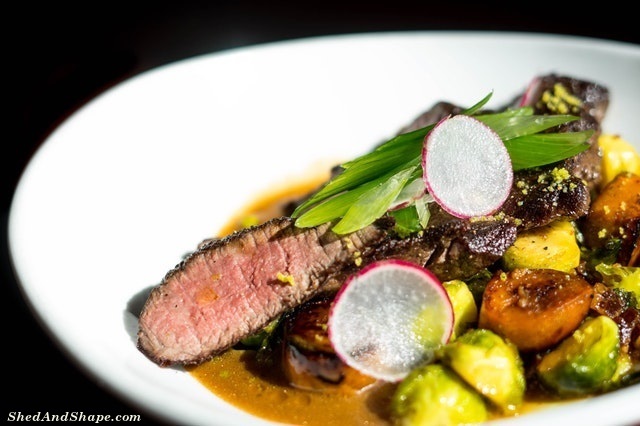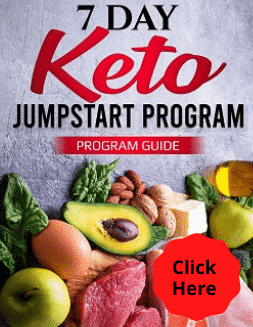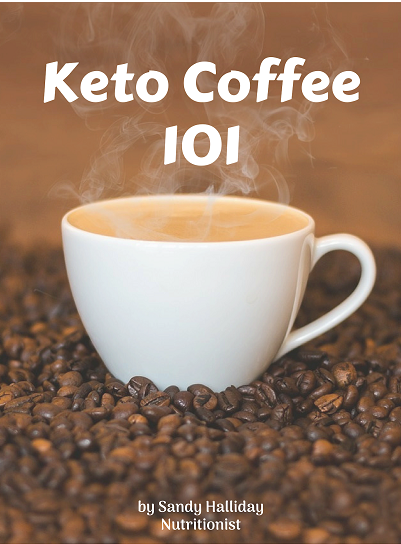Since the keto diet has become so popular I often see people asking what are the basic rules of keto diet so I thought I’d try to answer this question as simply as possible.
When it comes to following any diet, the first step is to learn the basics. You have probably heard some pretty big claims about the keto diet. Things like, “It helps you burn fat fast!” “It fights certain diseases!” and “You can eat as much bacon and butter as you want!”
Of course, there are also those who have said that the diet is pretty brutal since it restricts you from eating your favorite carbs. There are also those that would say that it’s a diet that’s difficult to maintain for the long-term.
Therefore, if you are thinking of trying to live the ketogenic lifestyle, the first step is to learn the basic rules behind it. That way, you can decide for yourself if it’s something that you can live with. So here are the most basic and important rules to follow when starting a keto diet.
Basic Rules of Keto Diet?
1. Limit Your Carb Intake
The ketogenic diet is all about restricting your intake of carbohydrate foods. Unfortunately, the standard American diet is filled with carbohydrate-rich processed foods, which is why a lot of people are overweight and obese. The keto diet encourages you to cut down on eating these foods in order to improve your health and lose weight at the same time.
Although the diet requires cutting out most of the major sources of carbs, especially processed carbs. When starting out on the keto way of eating you need to pay close attention to the exact amount of carbs you have in a day. Overall, about 5% of your daily calories (20- 30gms) should come from carbs and 15% from protein while the rest of your calories must come from healthy fats. According to Josh Axe of DrAxe.com,
“Sticking with the right ketogenic macronutrient ratio can make meal planning and eating out a bit tricky at first. But once you get the hang of it, it’s pretty simple to prepare high-fat ketogenic meals for yourself or to ask restaurants to make some basic adjustments, like replacing all starchy sides with veggies and leaving off any bread or bun.”
It’s important to get your carb intake low enough when starting out to get into the state of ketosis. This is when your body starts using fat for energy, which is the main idea behind a ketogenic diet. Once you get into ketosis you can experiment with your carb intake to find the right level that won’t kick you out of ketosis.
It’s also important to have a good amount of low carb vegetables to prevent the dreaded keto flu that you may have heard about. It’s a good idea to try to follow a more Keto Alkaline diet.
2. Eat the Right Kinds of Fats
Fat is not really that bad. Unlike other nutrients, fat takes much longer to digest. So, it can make you feel full longer and faster. However, although the keto diet requires you to eat more fats, you need to focus on eating only the right kinds of fats.
You should focus on eating more of monounsaturated fats that are mostly derived from plant-based foods, such as coconut oil, olive oil, avocados and nuts. In fact, eating monounsaturated fats is good for your health. Dr. Josh Axe stated on his blog that,
“Monounsaturated fats can help prevent depression, protect you from heart disease and even prevent certain kinds of cancer.”
You can still enjoy a moderate amount of saturated fats that are found in high quality dairy and grass-fed meats.
In case you are thinking that saturated fat is bad for your heart, and will cause an increase in cholesterol and clog up your arteries, recent studies have debunked this, showing no significant link between saturated fats. In fact, there are many benefits of including healthy saturated fats in the diet such as improving the HDL to LDL cholesterol levels.
3. Don’t forget the Protein
One of the most common mistakes that beginners of the keto diet often make is not factoring in the amount of protein that they consume on a daily basis. Remember protein is every bit as important as the fats and carbohydrates in your keto diet.
So how much protein should you eat on a keto diet? Typically, protein should make up 15% – 20% of your daily calorie intake. It should be moderate but not excessive – just enough to help you build and maintain lean muscle mass. Too much protein is also not good as it could kick you out of ketosis.
Mark Sissons from Mark’s Daily Apple has this to say about protein on keto:
If you’re losing weight (or trying to), eat closer to 15-20%. For you, the ketone readings aren’t the biggest focus. How you look, feel, and perform are your main concern. Eating slightly more protein will increase satiety, making “eating less” a spontaneous, inadvertent thing that just happens. It will also stave off at least some portion of the lean mass accretion that occurs during weight loss; you want to lose body fat, not muscle.
The protein does not have to be animal either. It is possible to follow the keto diet as a vegetarian but you would have to make sure you eat enough low carb fruits and veggies as the traditional vegetarian diet of beans and rice is out.
So these are the basic rules to follow in a ketogenic diet. The main objective is to limit your carb intake and focus on eating healthy fats and moderate amount of protein in order to put your body into ketosis. At this state, your body will use fats for energy and you’ll start losing weight.
Click here to get the FREE Keto Kickstart.











